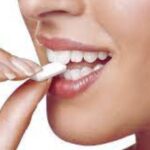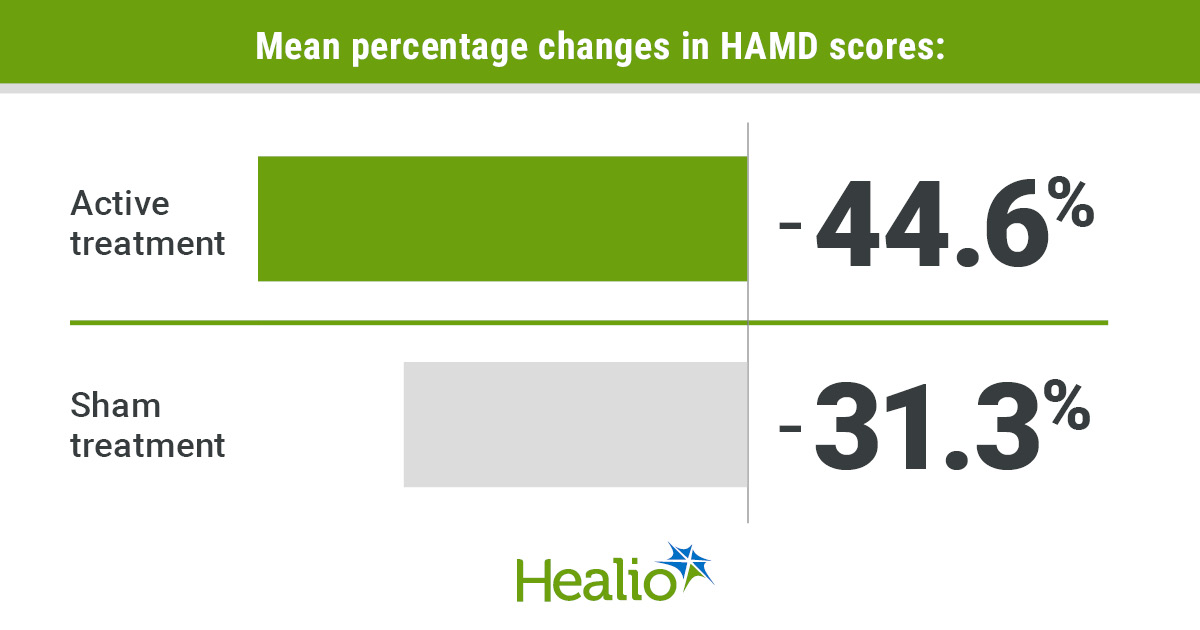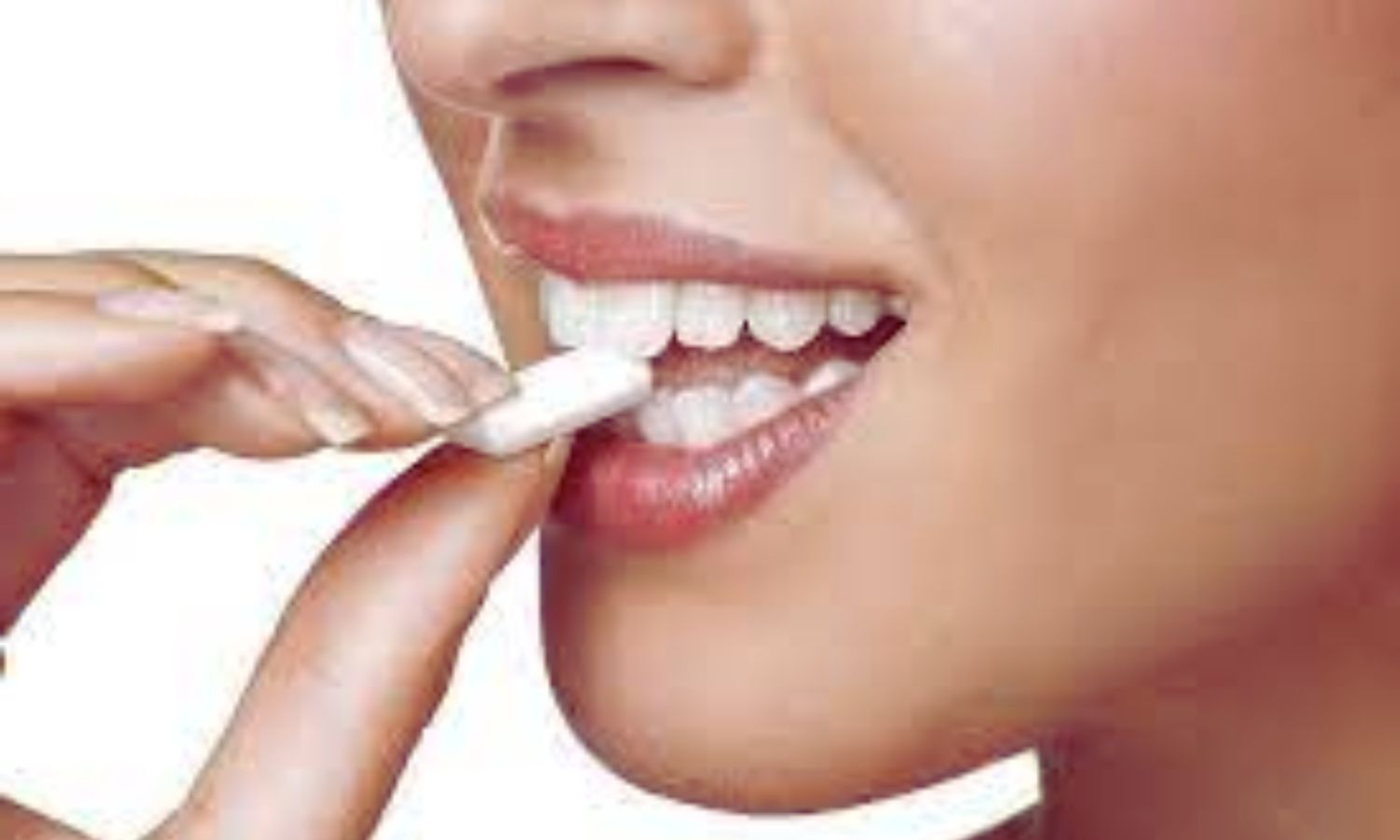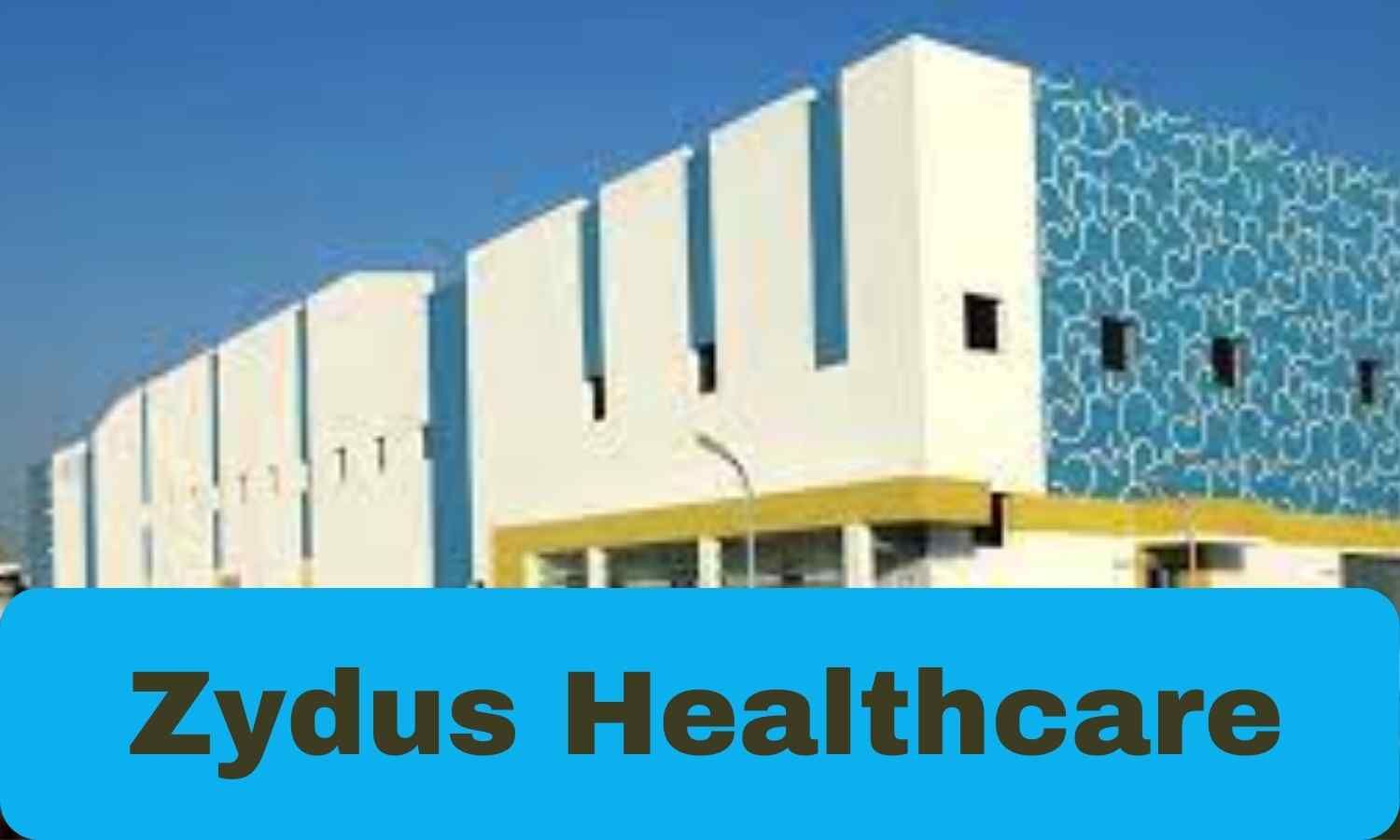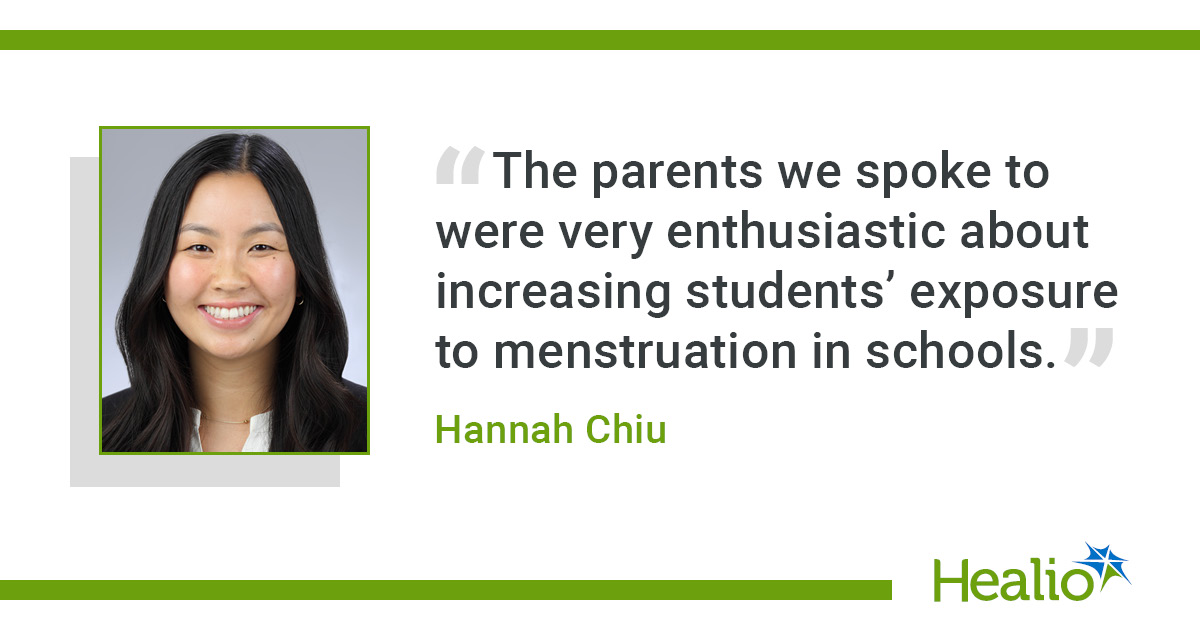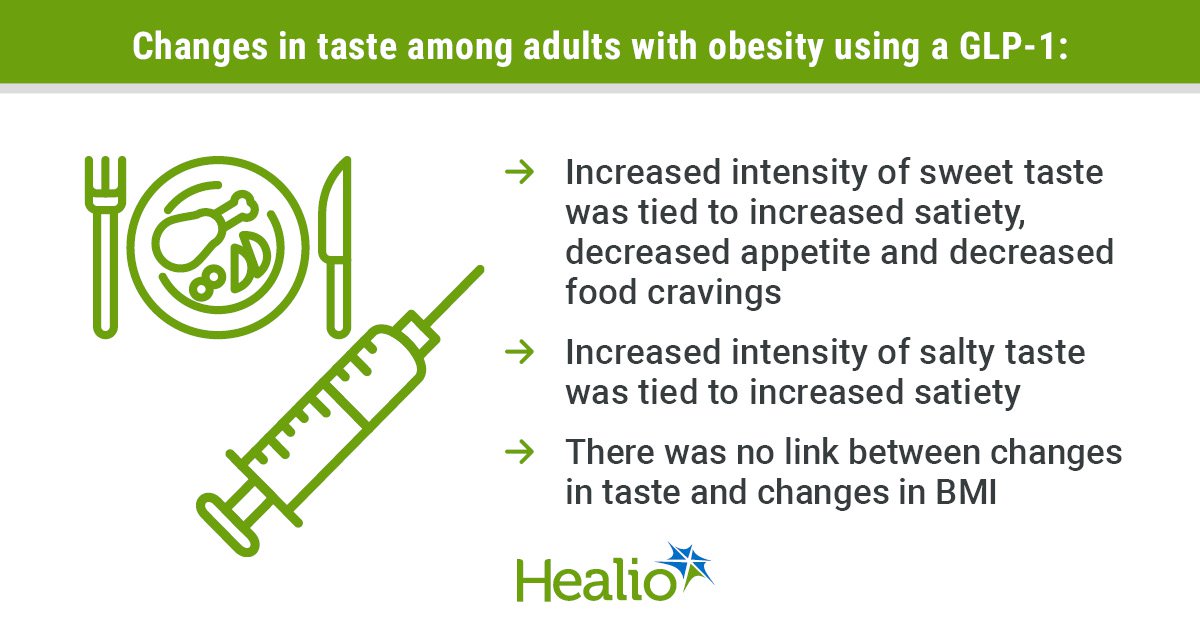October 06, 2025
3 min read
Key takeaways:
- High-definition transcranial direct current stimulation was well tolerated with mild adverse effects.
- The treatment may offer a new option that could be used with, or as an alternative to, existing therapies.
A 12-day course of high-definition transcranial direct current stimulation offered greater benefit in improving mood compared to sham treatment for adults with moderate to severe depression, data from JAMA Network Open show.
“This research provides a key advance in developing a safe and accessible treatment for depression, for which there is an acute need as standard approaches such as medications and talk therapy have shown only moderate success,” Mayank A. Jog, PhD, assistant professor of neurology at UCLA’s Brain Mapping Center told Healio. “Since 2017, we’ve been working to optimize non-invasive electrical brain stimulation for treating depression.”

Data were derived from Jog MA, et al. JAMA Netw Open. 2025;doi:10.1001/jamanetworkopen.2025.31189.
Prior research in depression has shown that depressive symptoms are associated with altered electrical activity within specific brain regions. Consequently, electrical brain stimulation techniques such as transcranial direct current stimulation (tDCS) hold promise for treating depression. Relative to other stimulation techniques, tDCS is safe, non-invasive, and has the potential of being conveniently used at home.
“More focused and precise targeting of brain regions affected by depression is likely to improve therapeutic outcomes. In our study, we used neuroimaging to identify the optimal target in each participant, and HD-tDCS to more focally and precisely modulate the identified target,” Jog told Healio.

Mayank A. Jog
HD-tDCS is a newer form of tDCS that uses multiple small electrodes in a specific compact arrangement. This allows the administered electricity to be more focused at the brain target compared to standard tDCS, he said.
The randomized, double-blind, sham-controlled parallel study was conducted at UCLA between December 2020 and March 2024 and examined improving mood in 71 participants (mean age, 34.3 years; 62% women) who had been diagnosed with moderate to severe depression.
Eligible individuals were undergoing a major depressive episode, with a Hamilton Depression Rating Scale (HAMD) score between 14 and 24. Patients were either treatment naive or on a stable antidepressant regimen for at least 6 weeks prior to study initiation.
Participants were randomized on a 1:1 basis to receive either 20 minutes of active (n = 40; mean age 36 years; 57.5% women) or sham (n = 31; mean age, 32.3 years; 67.7% women) HD-tDCS daily for 12 consecutive working days.
The primary outcome was mean change from pre-treatment to post-treatment in HAMD score, which was measured at baseline, visit six, visit 12, and then again at 2- and 4-week intervals after study conclusion.
Secondary outcomes included percentage of HAMD score change as well as response and remission rates of post-treatment response, marked by a change of at least 50% from pre- to post-treatment.
The final analysis set included 68 individuals, 38 in active treatment and 30 in sham.
According to results, the mean HAMD score from pre- to post-treatment varied significantly between treatment groups (–2.2), with the mean difference among the active group –7.8 and –5.6 for the sham group.
The researchers also reported the mean percentage change in HAMD score was –44.6% for active and –31.3% for sham.
The hypothesized response rate was observed in 16 of 38 individuals given active treatment and eight of 30 among the sham group, while the remission rate was observed in 15 of 38 given tDCS and four of 30 given sham.
The researchers additionally reported the procedure was well tolerated, with mild to no adverse effects.
“HD-tDCS therapy improved mood quickly, effectively and in a sustained manner, with significant mood improvement after 6 days of treatment, and was associated with few side effects,” Jog said. “Overall, HD-tDCS may offer a new treatment option that could be used together with, or as an alternative to, existing therapies for depression.”
For more information:
Mayank A. Jog, PhD, can be reached at psychiatry@healio.com.

